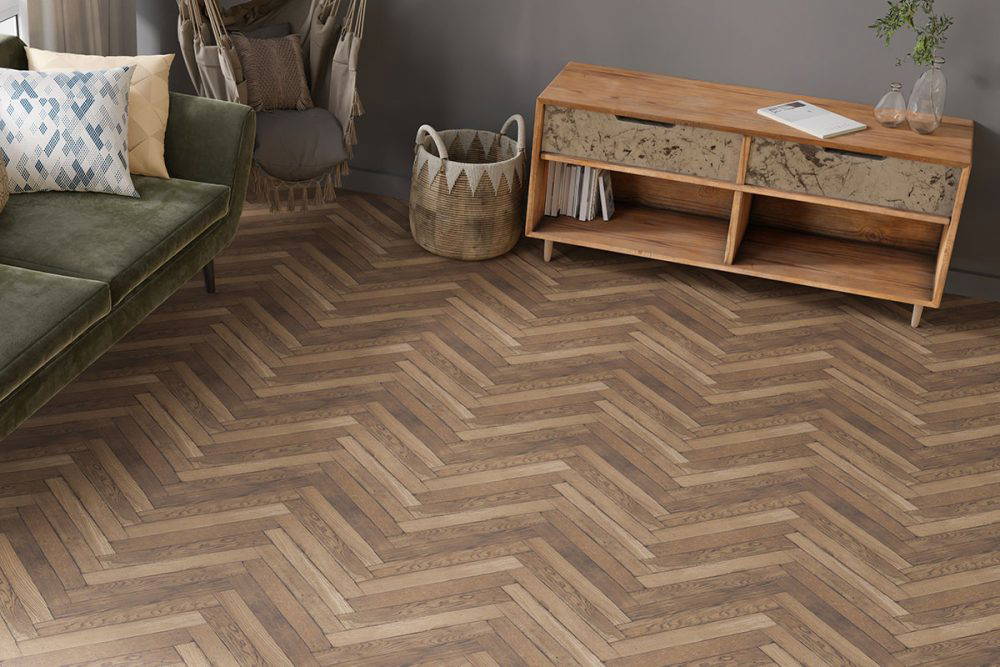Parquet flooring adds timeless elegance to any home or commercial space, but maintaining its beauty requires specialist knowledge and techniques. At Floor Sanding Services NW, we’ve spent years perfecting our approach to parquet floor sanding and restoration, and we understand the unique challenges these intricate wooden floors present.
Understanding Parquet Floor Construction
Parquet floors differ significantly from traditional strip flooring. These decorative wooden surfaces consist of small blocks arranged in geometric patterns, with each piece often measuring just a few inches. The grain direction changes with each block, creating the distinctive herringbone, basketweave, or chevron patterns that make parquet so visually striking.
This construction method presents unique challenges during the sanding process. Unlike standard wooden floors where you can sand with the grain throughout, parquet requires careful consideration of multiple grain directions within a small area. We’ve learned that rushing this process often leads to cross-grain scratches that can permanently damage the floor’s appearance.
Key Challenges in Parquet Floor Sanding
Grain Direction Variations
The most significant challenge we encounter when sanding parquet floors is managing the varying grain directions. Each small block may have grain running perpendicular to its neighbours, making it impossible to sand with the grain across the entire surface simultaneously. This requires patience and a methodical approach that many DIY enthusiasts underestimate.
Uneven Wear Patterns
Parquet floors often develop uneven wear patterns over time. High-traffic areas may show deeper scratches or worn finishes, whilst corners and edges under furniture remain relatively pristine. We’ve found that achieving a uniform appearance across the entire floor requires careful assessment and sometimes selective sanding of problem areas.
Pattern Preservation
Maintaining the crisp, defined edges of parquet patterns during sanding requires precision equipment and experienced hands. Aggressive sanding can blur the distinct lines between blocks, diminishing the floor’s characteristic geometric appeal.
Professional Sanding Techniques
Equipment Selection
We use specialised sanding equipment designed specifically for parquet floors. Belt sanders, whilst effective on strip flooring, can easily damage parquet patterns. Instead, we employ drum sanders with variable speed controls and orbital sanders for detailed work around edges and corners.
Our dust extraction systems are particularly important when undertaking parquet floor sanding. The multiple joints and pattern lines can trap dust and debris, making thorough cleaning essential between sanding stages.
Progressive Sanding Approach
We always begin with coarse grits to address deep scratches and uneven surfaces, then progress through medium and fine grits. However, with parquet floors, we often spend more time on the medium grit stage, ensuring we achieve consistent results across all the different grain directions before moving to final sanding.
The key is working at angles that minimise cross-grain scratching whilst still achieving effective material removal. We’ve developed techniques that involve multiple passes at slight angles, gradually working towards the final finish.
Achieving Flawless Results
Surface Preparation
Before we begin sanding, we thoroughly inspect the floor for loose blocks, gaps, or damaged sections. Parquet floors often require minor repairs before sanding, as loose pieces can shift during the process and create uneven results.
We also check for any protruding nails or staples that could damage our equipment or create gouges in the wood surface. This preparation stage is crucial for achieving professional results.
Finishing Considerations
The finishing process for parquet floors requires special attention to penetration and coverage. The multiple joints and varying grain directions mean that stains and sealers may penetrate differently across the surface. We’ve found that applying finishes in thin, even coats with adequate drying time between applications produces the most consistent results.
When to Call Professionals
Whilst some homeowners attempt DIY floor sanding, parquet floors present challenges that often exceed amateur capabilities. The specialised equipment, technique knowledge, and pattern preservation skills required typically make professional restoration the most practical choice.
At Floor Sanding Services NW, we’ve restored countless parquet floors across residential and commercial properties throughout the North West. Our experience with these challenging surfaces means we can often salvage floors that others might consider beyond repair.
The investment in professional parquet floor sanding pays dividends in both appearance and longevity. When properly restored, these distinctive floors become stunning focal points that enhance property value and provide decades of beautiful service.
